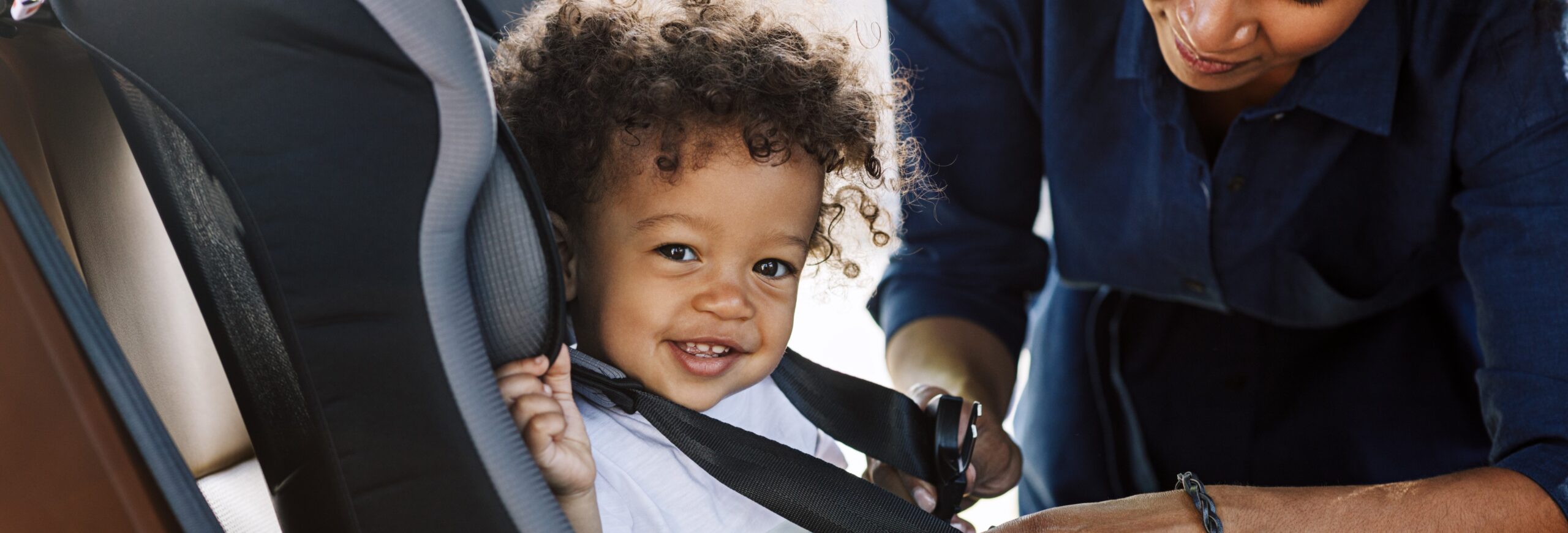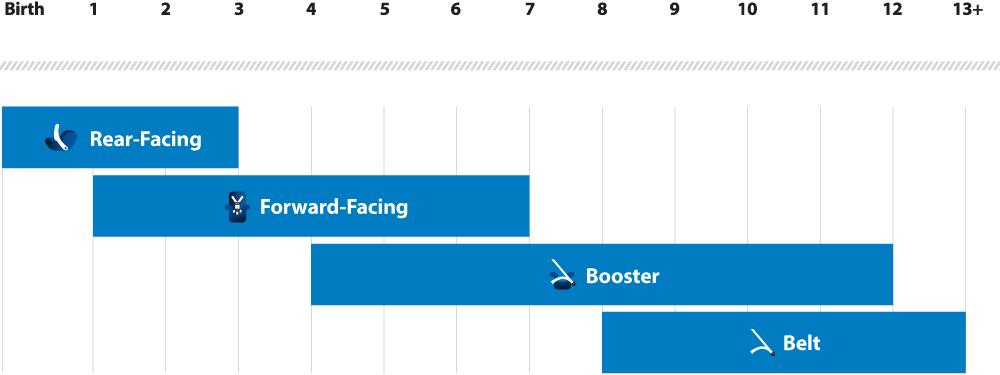
Reduce their Risk
In the United States, motor vehicle crashes are a leading cause of death among children. The safest way to protect your child is to choose and correctly use the right car seat or booster seat for your child every time they are in the car. The information below can help you choose the right seat and to make sure it is installed correctly. Always follow the recommendations and requirements in your car seat manufactures’ instructions and your vehicle’s owners’ manual when installing a car seat.
Are you looking for help to install your car seat? We offer free car seat checks and installations:
- When: Second Wednesday of every month
- Time: 2:00 pm to 5:30 pm
- Registration: Appointments are required. Call us at 330-723-9688, option 5 to register for an appointment
Recommended Car Seats Based on Child’s Age and Size

For more information, visit the National Highway Traffic Safety Administration (NHTSA) website on Car Seats and Booster Seats. For installation videos and tutorials, check you car seat manufacturer’s website.

